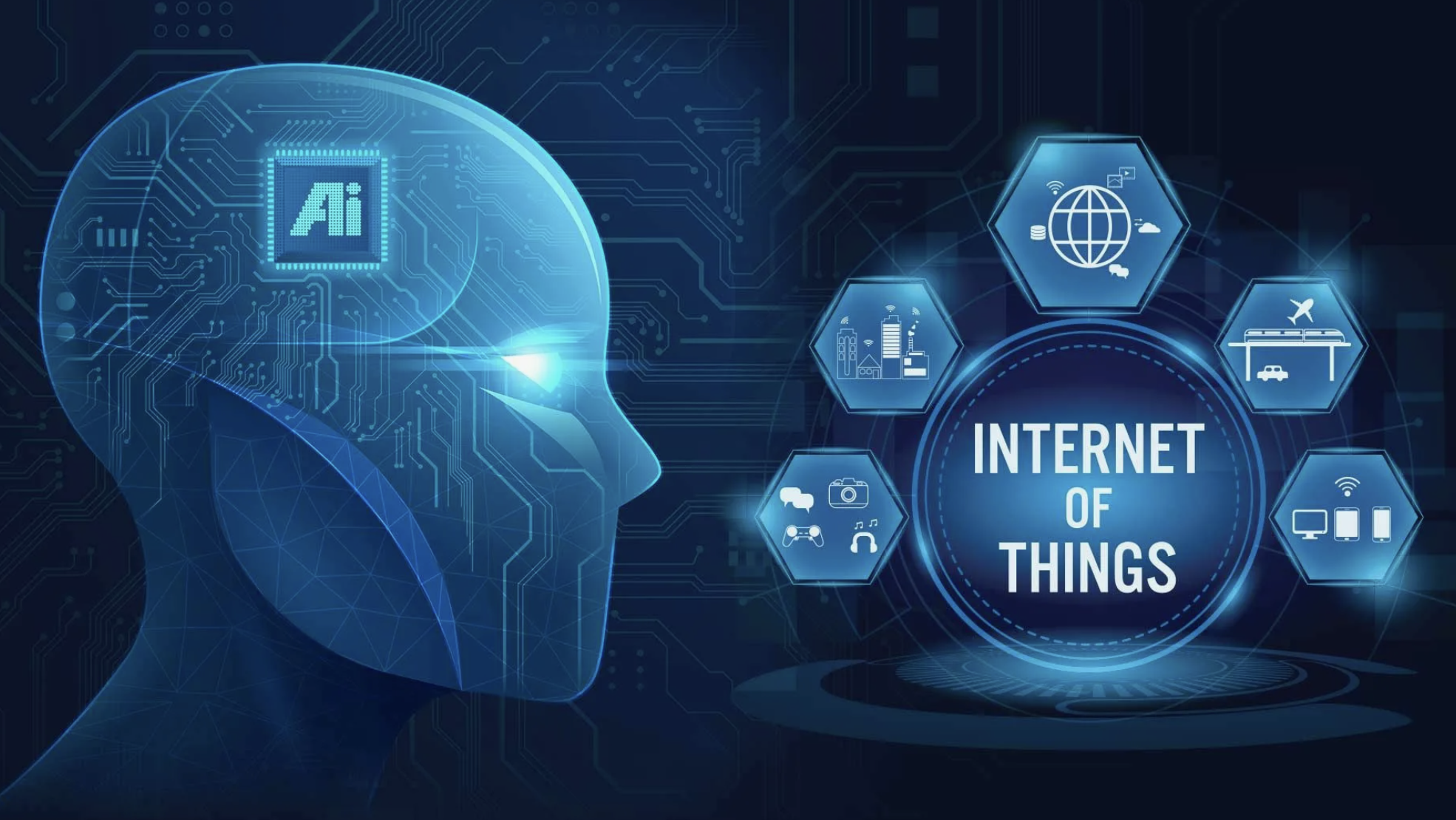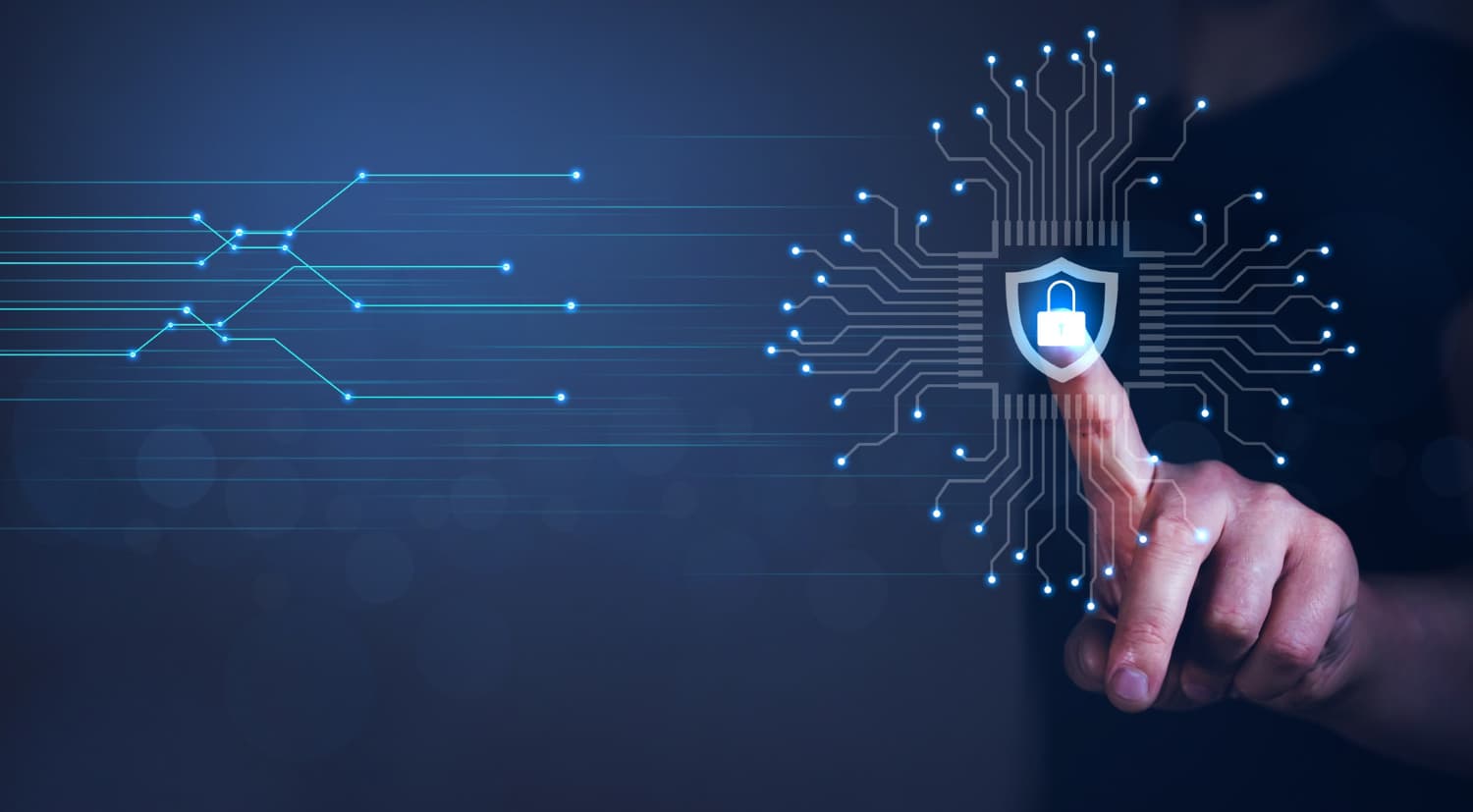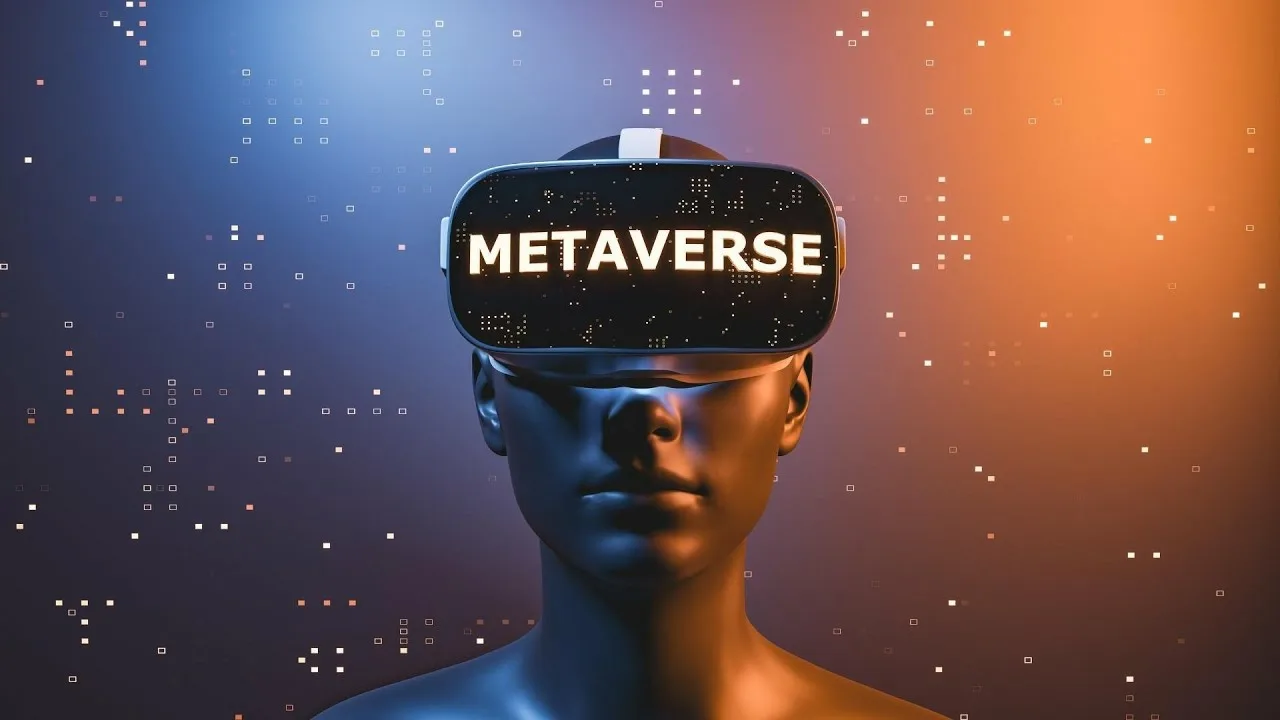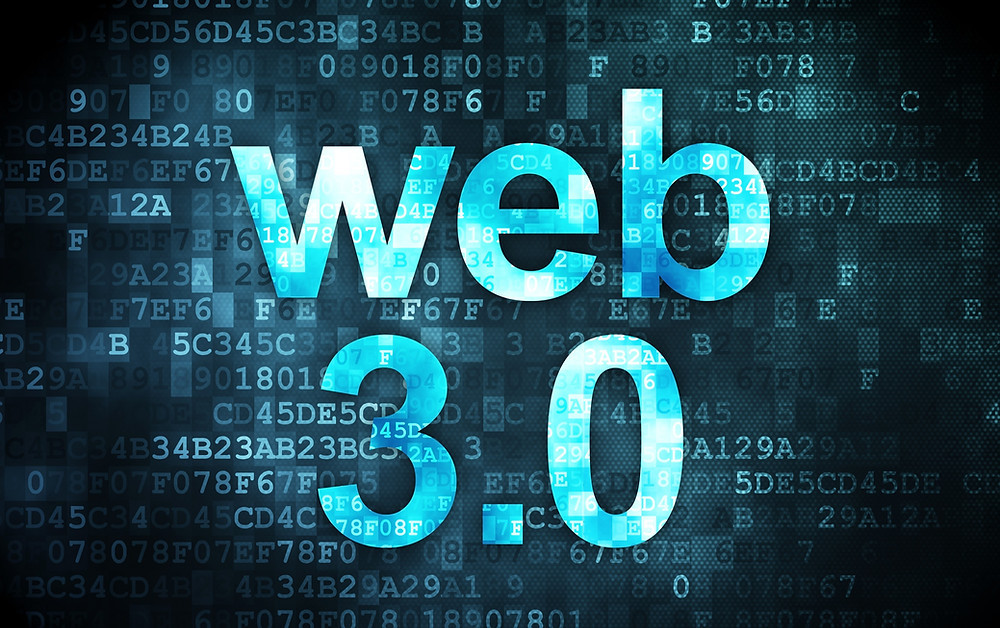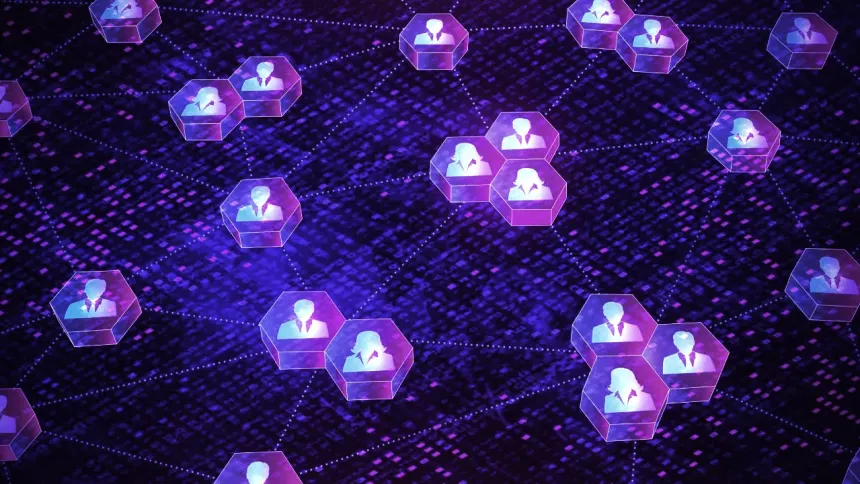In just a few years, the word "metaverse" has gone from obscure sci-fi jargon to a buzzword dominating headlines, investor briefings, and tech conferences. Facebook rebranded as Meta, billions of dollars have been funneled into virtual worlds, and some predict the metaverse will replace the modern Internet as we know it. But what exactly is the metaverse? Is it just a passing trend inflated by hype—or the next major phase of the digital world?
The metaverse represents an ambitious vision: a persistent, shared digital space that merges augmented reality (AR), virtual reality (VR), social media, digital economies, and 3D interaction. It promises new forms of entertainment, education, work, and even identity. But there’s a long road between a flashy concept and a functioning, user-friendly reality.
In this article, we’ll explore the current state of the metaverse, what’s fueling its growth, the challenges it faces, and whether it’s a genuine future of the Internet—or just a mirage.
🧬 What Is the Metaverse?
The metaverse isn’t a single platform. It’s a network of interconnected digital experiences where people can meet, play, work, and create—often using avatars in immersive 3D environments. Think of it as the next evolution of the Internet: from pages and screens to presence and interaction.
Visual Concept:
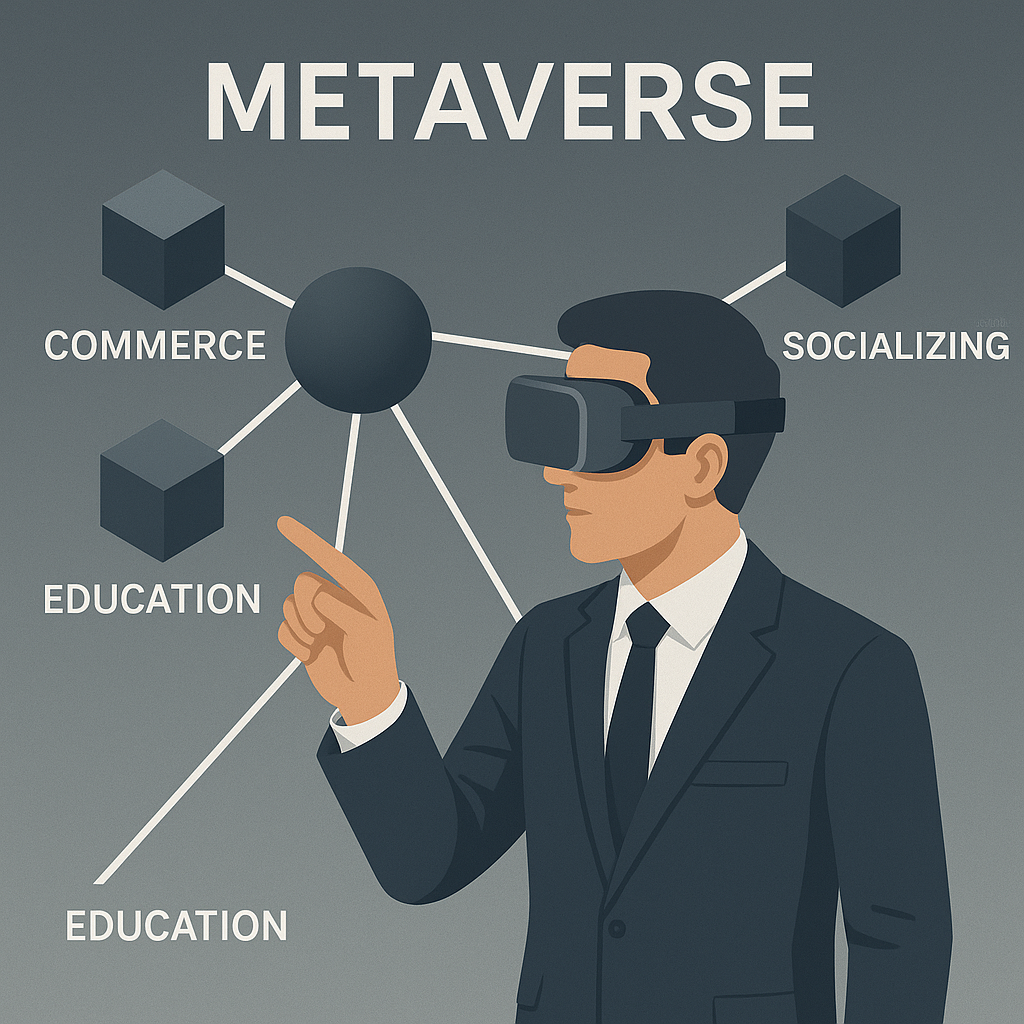
🚀 Metaverse Timeline: From Fiction to Development
1992
"Snow Crash" by Neal Stephenson coins the term “metaverse.” A dystopian virtual world, fully immersive.
2003
Second Life launches—an early attempt at a persistent digital world with real economies.
2016–2020
VR tech (like Oculus Rift and HTC Vive) goes mainstream. Gaming platforms like Roblox and Fortnite experiment with virtual concerts and social hubs.
2021
Facebook becomes Meta. NFT market booms. Companies race to build their version of the metaverse.
2024–2030 (Projected)
Convergence of VR/AR, AI, 5G, and blockchain leads to more integrated, immersive, and user-driven metaverse platforms.
🔥 What’s Fueling the Metaverse Hype?
1. Immersive Tech Advancements
Virtual reality headsets are getting cheaper and more powerful. Augmented reality is now on smartphones. Haptics, 3D spatial audio, and real-time rendering are becoming more lifelike.
2. Gaming as a Metaverse Gateway
Games like Minecraft, Fortnite, and Roblox aren’t just for play—they’re platforms for community, creation, and even virtual economies.
3. NFTs and Digital Ownership
Non-fungible tokens give users real ownership of digital goods—from art to avatars to virtual land. It’s a foundational concept for a user-owned metaverse.
4. Remote Work and Virtual Collaboration
The pandemic accelerated demand for better remote tools. Platforms like Spatial, Horizon Workrooms, and Gather.town offer early glimpses into how we might work in the metaverse.
5. Massive Corporate Investment
Meta, Microsoft, Nvidia, Epic Games, and Apple are all investing heavily in infrastructure, platforms, and hardware.
🏗️ Core Building Blocks of the Metaverse
-
Interoperability – Your avatar, assets, and identity should move across platforms.
-
Persistence – The world continues to exist and evolve even when you’re offline.
-
User-Generated Content – Tools that let users create worlds, items, and experiences.
-
Decentralization – Ideally, no single company owns the metaverse. Blockchain could help distribute power.
-
Digital Economy – Virtual jobs, currencies, and marketplaces allow people to earn and spend inside the metaverse.
📉 The Challenges and Realities
Despite the hype, the metaverse faces serious hurdles:
-
Lack of Standards – Platforms aren’t interoperable yet; each has its own rules and assets.
-
Hardware Limits – VR still requires bulky headsets. AR glasses are still experimental.
-
Moderation and Safety – Who governs behavior in virtual worlds? How do we protect users?
-
Privacy Risks – Full immersion means more tracking: eye movement, voice, biometrics.
-
Access Inequality – Not everyone can afford the tech or bandwidth to join.
📊 Visual: The Hype Curve of the Metaverse
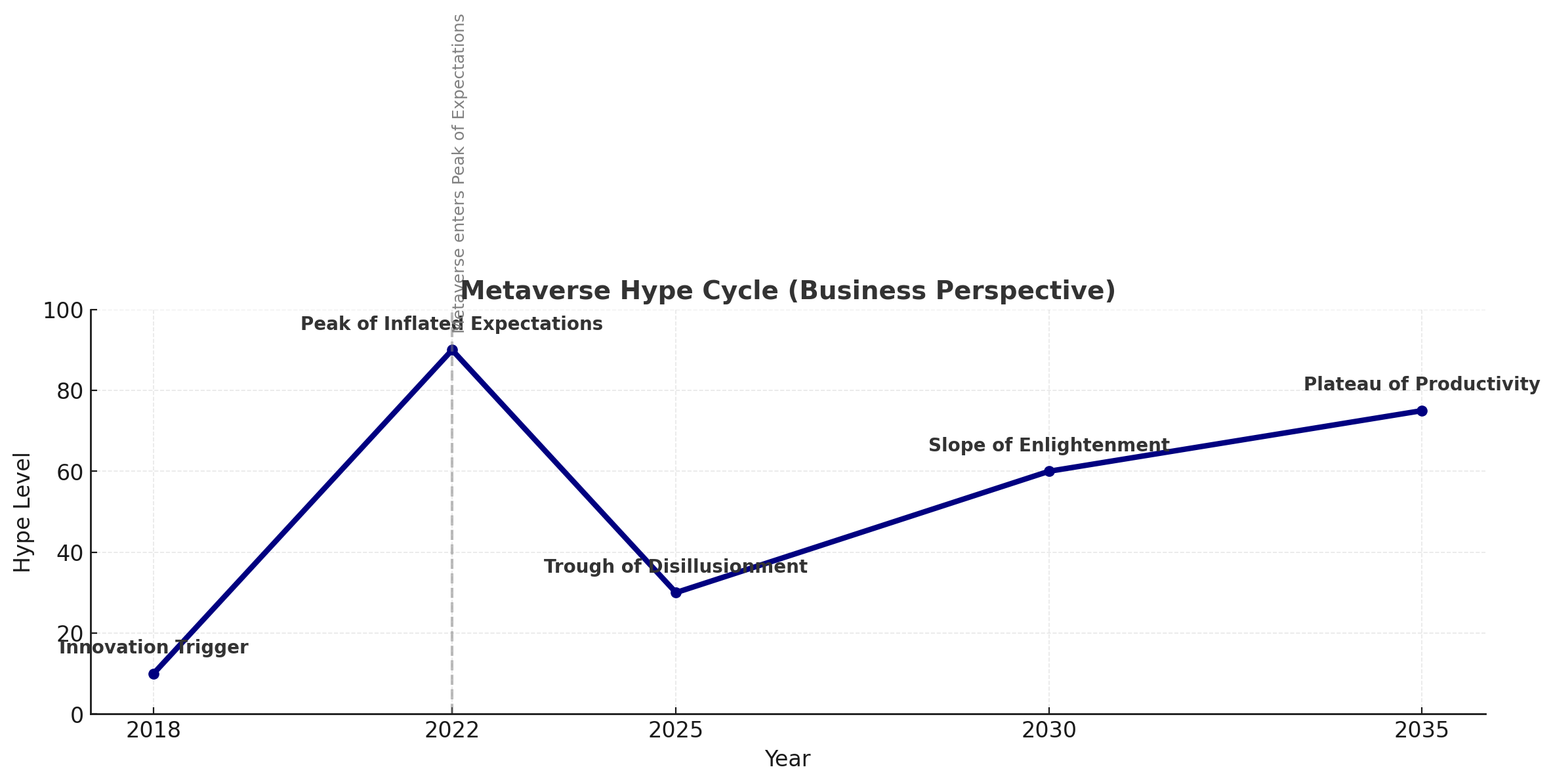
🌍 What Could the Internet Look Like in 2035?
By 2035, we may not be “living” full-time in the metaverse, but its influence will likely reshape the digital landscape.
-
You’ll attend virtual concerts or conferences as a norm, not a novelty.
-
Your identity may exist as a digital wallet or avatar, portable across services.
-
Shopping, education, and collaboration may take place in mixed-reality environments.
-
Some jobs may exist entirely in digital spaces—architects of virtual real estate, fashion designers for avatars, or metaverse community managers.
🎯 So... Is the Metaverse Hype or Reality?
The answer is: both.
The hype is real—overinflated in some areas, misunderstood in others. But the underlying technological, cultural, and economic shifts point toward a real transformation in how we interact online. The metaverse will not arrive all at once like a product launch. It will gradually emerge, layer by layer, platform by platform.
Rather than one big bang, it will feel more like a slow dawn—a merging of physical and digital that redefines what it means to “be online.”
✅ Final Thoughts
Whether or not we call it “the metaverse,” the way we experience the Internet is evolving—from 2D screens toward immersive, interactive digital spaces. It won’t replace the web overnight, and it won’t be built by one company. But it will be built—by developers, artists, users, and communities who want more than just likes and feeds.
The metaverse may still be in its infancy, but its impact is already being felt. And as the lines between real and virtual continue to blur, one thing is clear: the future of the Internet will be far more immersive, personal, and participatory than anything we’ve seen before.

